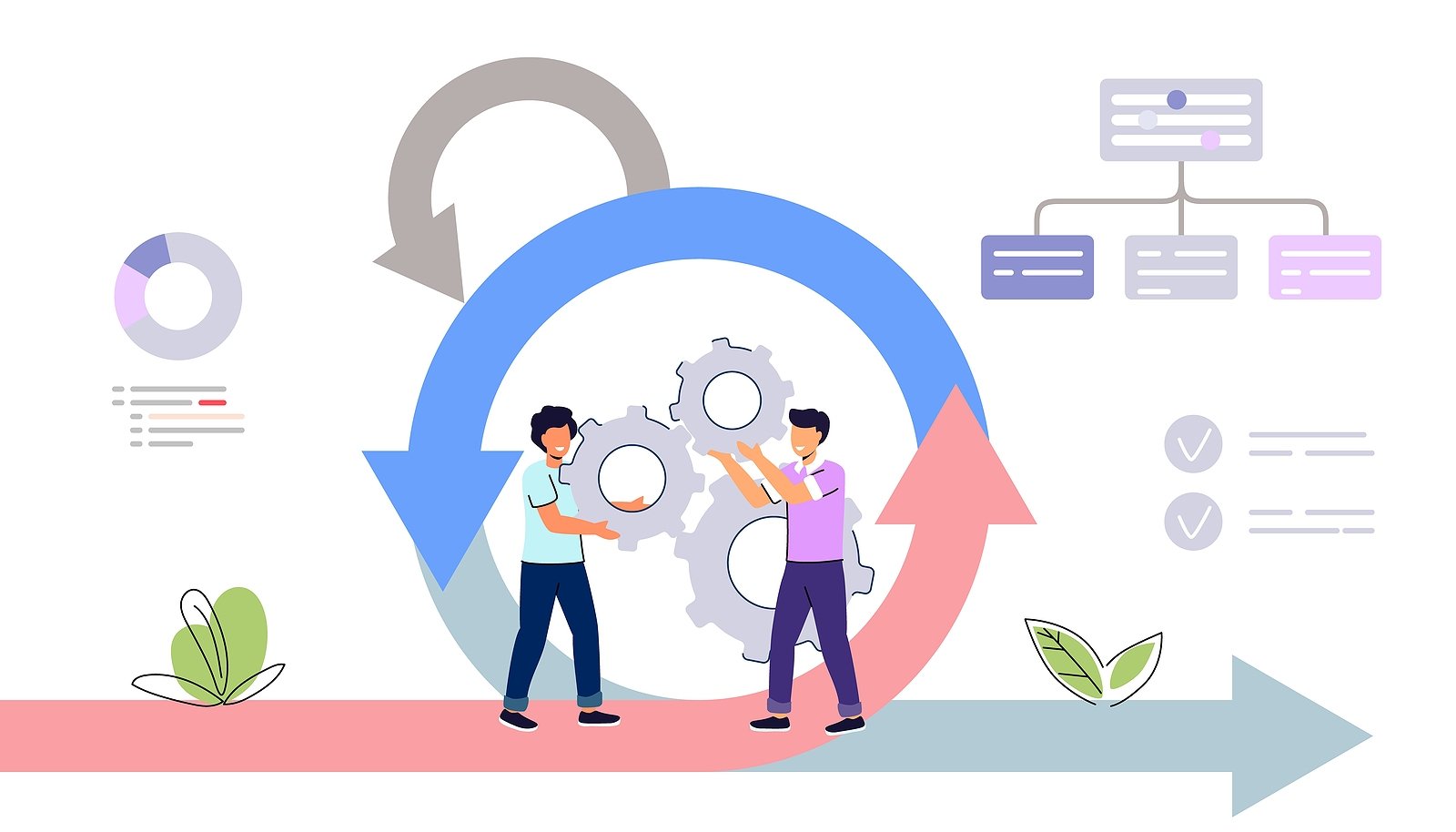Agile methodology is a popular approach to software development that emphasizes flexibility, collaboration, and iterative development. Agile is designed to enable teams to respond quickly to changing requirements and deliver high-quality software that meets the needs of users. In this blog, we'll take a closer look at the steps involved in the agile methodology, and how they can help teams to deliver successful software projects.
Bydrec, Inc
Recent Posts
Agile Methodology Steps: A Flexible and Collaborative Approach to Software Development
Topics: Agile Software Development, Hire Offshore Developers, Dedicated Software Development
In today's mobile-first world, businesses are increasingly turning to native mobile app development to reach their target audience and engage with customers. Native apps are built specifically for a particular platform, such as iOS or Android, and can provide a more seamless and responsive user experience than web or hybrid apps. In this blog post, we will explore the key features, benefits, and challenges of native mobile app development.
Topics: mobile app development, Hire a Mobile App Development Company, mobile app development company
In today's digital age, mobile applications have become an essential part of our lives. Whether it's for personal or professional use, we rely heavily on these apps for various tasks, from booking a cab to managing our finances. With such a high demand for mobile apps, the market is flooded with app development companies claiming to offer the best services. However, not all companies are created equal, and finding the right one can be a daunting task. In this blog, we will discuss what the best app development companies have in common.
Topics: Find Software Developers, Hire Offshore Developers, Hire Software Developer Companies
Software development is a complex process that involves several stages, and the software development life cycle (SDLC) is a framework that outlines the entire process. The SDLC is a process that helps software developers build high-quality software that meets the needs of users. In this blog post, we will discuss the software development life cycle and its various stages.
Topics: Software Development Tips and Tricks, Software Engineering, Software Developers
Python is a versatile and powerful programming language that is widely used in a variety of industries, including finance, healthcare, and web development. As a result, there is a high demand for skilled Python developers, and hiring the right person for the job can be a challenging task. However, with the help of nearshore software development companies like Bydrec, the process of hiring a Python developer can be made much simpler.
Topics: Find Software Developers, Hire Offshore Developers, python developers
Hiring a software developer is a critical task for any company, as a skilled developer can greatly contribute to the success of a project or product. Human resources (HR) professionals play a crucial role in this process, as they are responsible for finding and selecting the right candidates to fill open positions. But what would they look for, and what if you don’t have an HR professional to help you in hiring a software developer? Read on to find out.
Topics: software developer, Hiring Software Developers, IT development company
If you're looking for a cost-effective and efficient way to outsource your software development needs, nearshore software development may be the solution for you. This outsourcing model has gained popularity in recent years and involves partnering with a software development company in a nearby country. By choosing nearshore, you can take advantage of several benefits such as lower costs, cultural proximity, and time zone compatibility that traditional offshore outsourcing doesn't offer. In this blog post, we will dive deeper into the ins and outs of nearshore software development, discussing the advantages, best practices and what to look out for when considering this model. Whether you're a small business owner or a CTO of a large corporation, understanding the benefits and key considerations of nearshore software development can help you make an informed decision and achieve your business goals.
Topics: Nearshore software development, Need Custom Software Development?, Project Management Methodologies
Navigating the Nearshore Software Company: A Guide to Choosing the Right Partner for Your Business
When it comes to software development, choosing the right nearshore company is crucial. The nearshore model offers several advantages, such as lower costs, cultural proximity, and time zone compatibility, making it a great option for companies looking to outsource their software development needs. However, with so many nearshore software companies to choose from, it can be difficult to know which one to work with. In this blog post, we will discuss what to look out for when choosing a nearshore software company, in order to ensure a successful collaboration and achieve your business goals. We will cover key factors such as technical expertise and experience, communication and collaboration capabilities, project management and quality assurance processes, scalability and flexibility, and pricing and contract terms. By keeping these factors in mind, you can make an informed decision and find a nearshore software company that is the right fit for your business.
Topics: Nearshore software development, Look For in a Nearshore Development Company, Find Software Developers
As a startup founder, you may have a clear vision of where you would like to take it, yet you may need all the necessary expertise to make it happen. That's where a programmer becomes essential. Whether you offer a product or a service, you almost certainly require software engineers to develop your website, an app, or a program for your business. However, a good software developer takes work to come by. You will encounter a lot of competition when hiring the developers needed to transform your startup into a success. Read on for tips on how to find software developers for your new business.
Topics: Software Development Tips and Tricks, Find Software Developers, Dedicated Software Development
In 2017, Adobe conducted a survey that included more than 500 managers. The survey revealed that the vast majority of them, 87%, were actively seeking to increase the size of their user interface design teams. This trend is also evident in Ireland, as many tech firms are growing their operations quickly. But the imbalance between the number of available opportunities and the number of people who want them means that UX professionals can be selective about the roles they decide to pursue. This means employers need to be more committed when trying to fill positions, and they need to compete with well-known companies if they are going to be able to hire the most talented people in the UX field. Read on to learn how to attract top user interface design talent.












